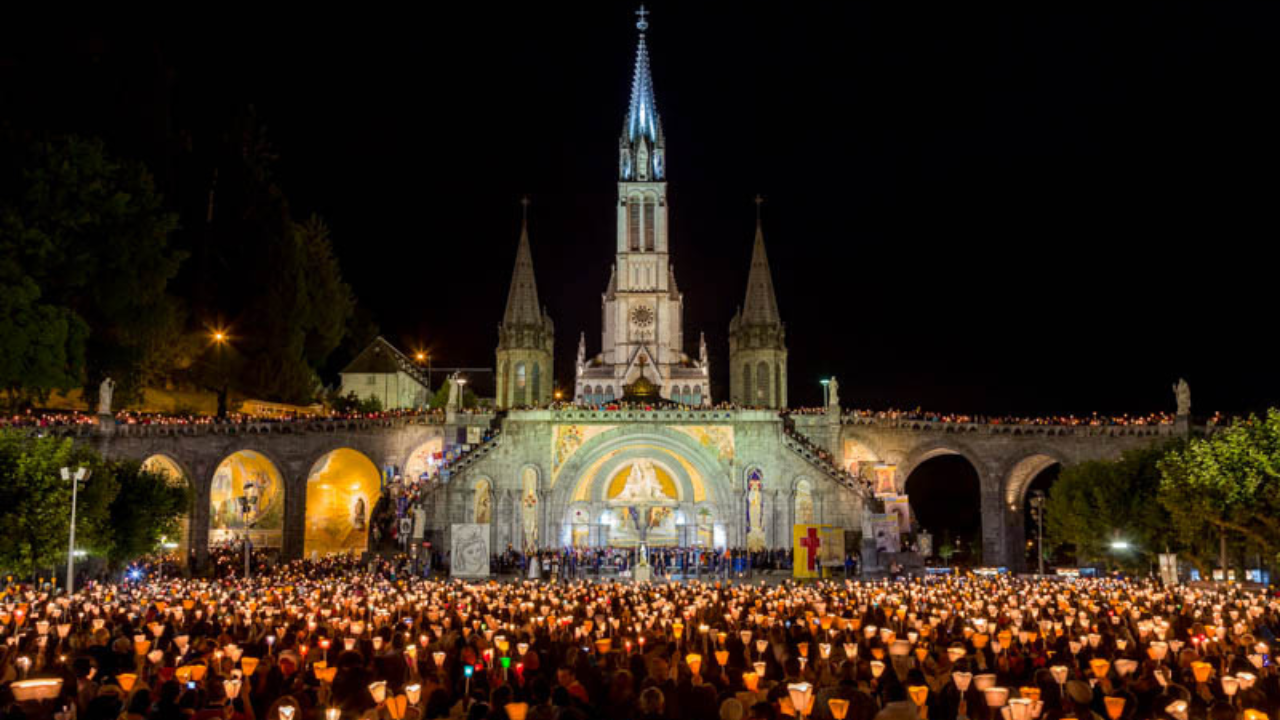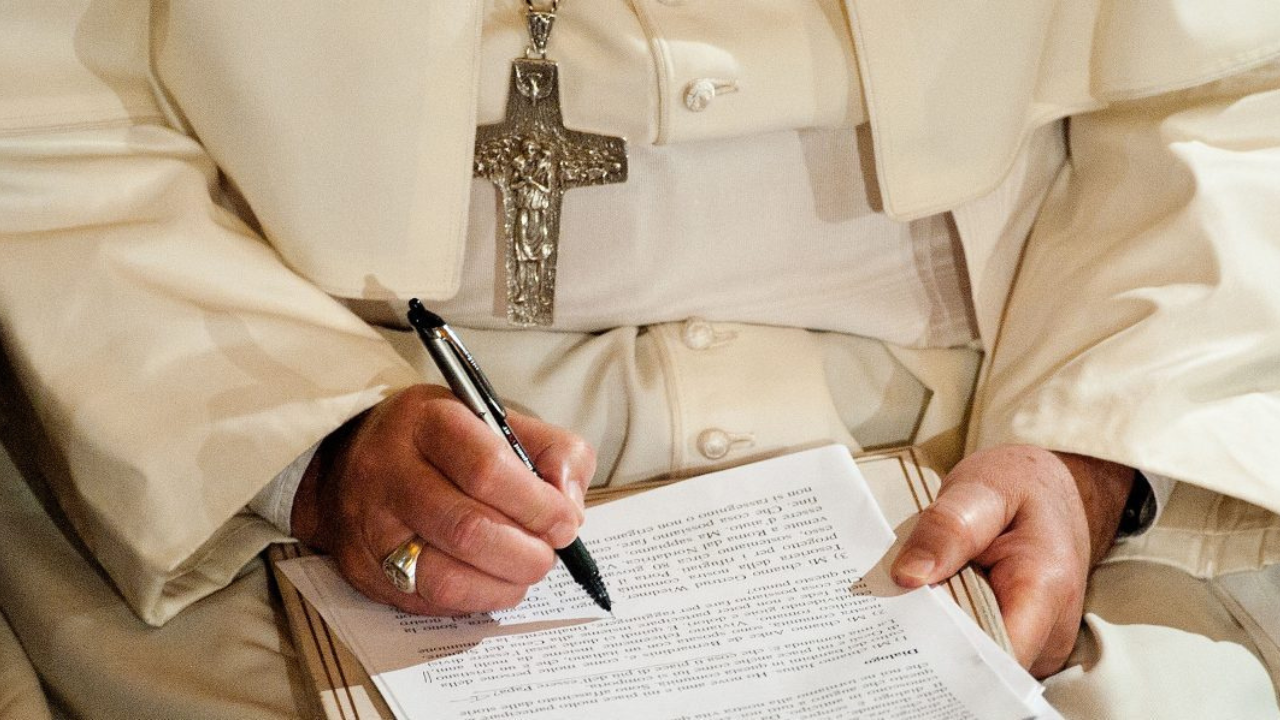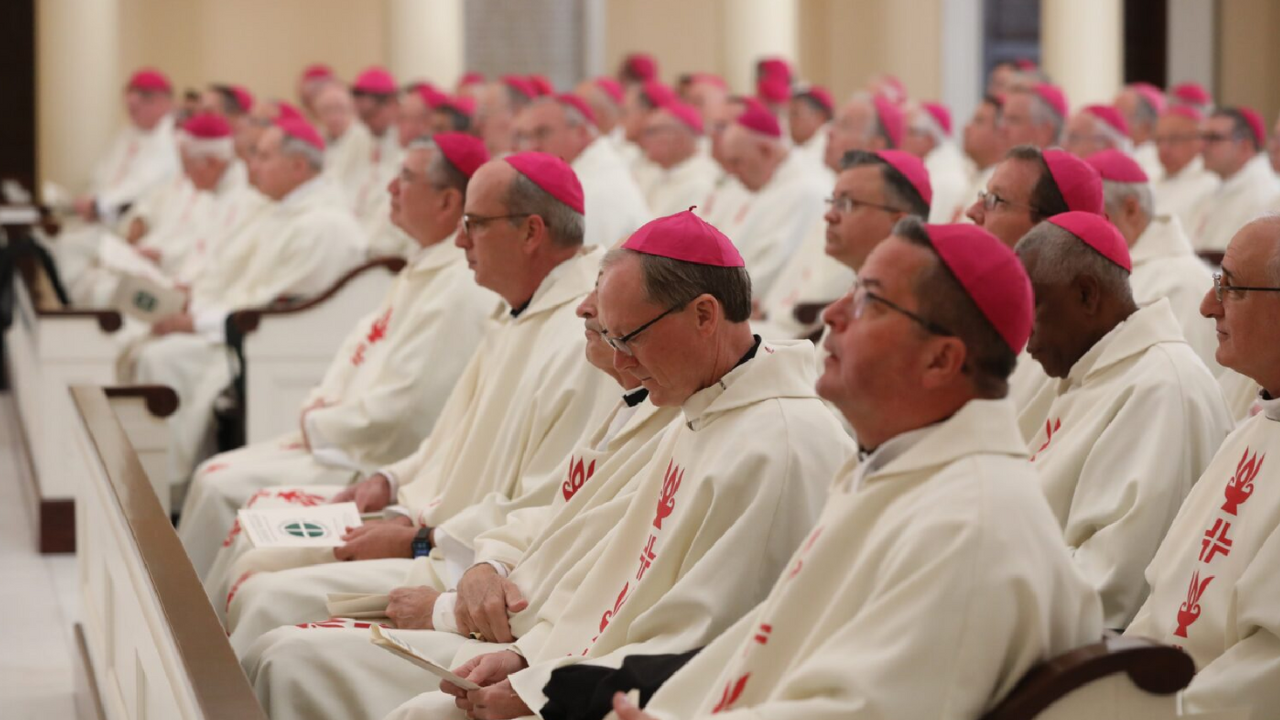Every sixth of May there is a solemn air in the St. Damasus courtyard in the Vatican. It is the day when the new recruits of one of the oldest armies in the world swear to protect the Roman Pontiff at the cost of their lives, if necessary.
Vice-Corporal Officer Didier Grandjean opens the doors to the Swiss Guard´s headquarters, the world's smallest army. He started serving there in 2011.
DIDIER GRANDJEAN
Vice-corporal, Pontifical Swiss Guard
“I saw a flier in 2006, advertising the 500th anniversary of the Swiss Guard. From there I always wanted to join this military corps.”
Didier takes us to the armory and tells us that today this force is made up of just over 100 soldiers.
They take turns guarding some of the Vatican's entrances. They are present at the big events held in the square and, at night, they guard the pope's apartment.
One of the last times they had to perform their duties was in December 2009, when this woman lunged at Benedict XVI.
DIDIER GRANDJEAN
Vice-corporal, Pontifical Swiss Guard
“There are other tense moments. For example, people come saying they want to see the pope and do not understand that it is necessary to follow a procedure. . There are several types of tourists. Pilgrims come with a lot of respect. They want to see the pope, visit the basilica. Then there are the tourists who don't know what we do, who we are.”
Just as Didier joined the Swiss Guard through a promotional campaign, this small army is in constant need of new recruits. That's why they have launched this spectacular video showing their work.
To be part of this corps, you need to be a Catholic man, have Swiss citizenship, be under 30, be at least 5 feet 8 inches tall and have an “impeccable” reputation. In addition, they ask candidates to have gone through the Swiss army before.
These men lead a fully-fledged military life. It's a combination of discipline and religious training. The fame of this army increased after the bitter sacrifice made by 147 Swiss soldiers who died defending Pope Clement VII during the looting of Rome in 1527.























